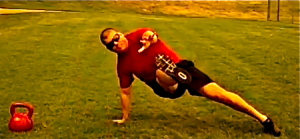
Examining The Power Of Unilateral Movement…
by: Brandon Richey
Examining The Power Of Unilateral Movement…

For today I want to shift the focus over to incorporating unilateral movement into your strength program. Trust me, I know this sounds a lot like your mother telling you to make sure to finish eating the rest of those brussels sprouts on your plate, or Obama telling you to go sign up for healthcare. Well, I’m not here to be your nanny, but I am here to go over the reasons why you may want to examine the possibility of including more unilateral work into the fabric of your strength program.
So What Is Unilateral Movement?
Before I go any further a unilateral movement can be defined as a movement produced by one limb, or basically one arm/one leg. A bilateral movement is a movement performed by both limbs working together, or basically 2 arms/2 legs. So now that we have that out of the way let’s take a look at the role of the unilateral movement on exercise.
A great resource here for some killer unilateral movements…

First, I want to preface this entire post by saying that I am both a fan of bilateral and unilateral movements and they each have their place. In addition to this I believe you can acquire more absolute strength from a bilateral movement such as squats and deadlifts than you can by solely implementing unilateral movements. This is why these types of bilateral movements should come first in priority with the approach of your strength training program.
Now having just explained my belief that that bilateral movements are better for acquiring a greater degree of absolute strength why would I even be talking about unilateral movements? That’s a great question and I’m going to get to that point real soon my young Jedi.
You see the fact is that many strength coaches like to claim they believe in the principle of specificity. You see the principle of specificity in regards to training is defined by saying that sports training should be relevant and appropriate to the sport for which the individual is training in order to produce a training effect. (About.com/Sports Medicine/ Elizabeth Quinn)
Now I like this definition of specificity and I believe that it falls right into the category of why we should be training unilateral movements. Ok, so why is that BR? I knew that would probably be your next question.
So let’s look at this logically in terms of movement. Now forgive me because I don’t currently have the data to spit on this, but I don’t think it’ll matter given this discussion. So let’s take a look at the specific movement of the gait. By the way I talked about this in greater detail recently right here.
So the gait is basically how you move on foot (walking, jogging, sprinting). Now I want to ask that in terms of performing this movement how often are both legs firmly planted on the ground in order to execute it? The answer is never. Think about it. During every intensity of the gait (walking, jogging, sprinting) both legs are independently driving through the ground with force in order to propel your body forward with each and every individual stride. The difference is that it’s just being done at a very constant pace depending on how fast you are moving.
After messing with the beast I bet you won’t dismiss the effectiveness of unilateral training!

This independent driving of each leg is not something that you optimally get from performing only bilateral movements. Otherwise if we all moved in this fashion and still believed in specificity then we’d all be hopping around a like a bunch of bunnies on both feet all the time, and I’ve yet to see anyone walk or run that way that happens to be human.
You see to me unilateral movement helps to develop independent strength on each side of the body by assisting in the advancement of bilateral movement. I mean you’re not going to achieve the same intensity from a unilateral movement as you are a bilateral movement in terms of lifting total poundage, but to me unilateral movements such as pistols, reverse lunges, step ups, etc. assist in the total goal of achieving absolute strength. In addition to this I believe unilateral movements significantly aid in the ability of us to perform movements that require the performance of independent limbs.
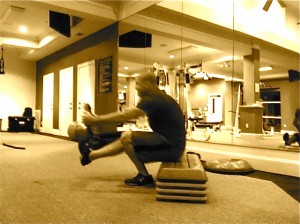
Once again if a so-called strength coach believes in the power of specificity, yet dismisses unilateral movement as being a viable addition to your strength training arsenal then I say that strength coach is a blowhard idiot. Once again it’s about specificity right? I mean if all you’re doing is lifting heavy ass weight because you are a powerlifter and you need to perform only bilateral movements in order to lift heavy ass weight then yes you can make an argument as to why unilateral exercises may not have a place in your program, but even still what does it harm? Does it impede your progress?
More help here for improving your gait! Run with efficiency!


You see this is where I get pissed as a strength coach and an author because some of these guys online just go ape sh*t crazy over demonizing certain movements all in the name of helping their name. It’s more marketing than science. I’ve seen video of the world’s strongest man Paul Anderson (from my hometown) pressing a 300 lb dumbbell twice with one arm. Yes, I said one arm. Now you may say well “he can probably press more than twice that with both arms!” You might be right, but the point is does it hurt his performance? Hell NO! He is still regarded as one of the strongest men to ever walk the face of the planet.
My point is that I’m tired of the hang ups some of these online personalities have with demonizing the hell out of certain movements to stir up the masses while their claims are always presented as being very one sided. Of course, you can make a rational argument for most anything even if you and I know it’s wrong. I mean I could make an argument that water is bad for you and if you disagree then I could tell you to go get into a helicopter and jump out into the middle of the Arctic Ocean naked without any floatation device. In this case it’s bad for you, right?
For someone to go out of their way to tell you that unilateral training is a waste of time they would essentially have to be neglecting the primary movement of the gait and just disregard the need for additional stability during moves that require a more limited base of support in my opinion. Now if that person just happens to move around by squatting 600 lbs. and hopping like a bunny then great, but otherwise they are neglecting the principle of specificity and still have a narrow view of training.
This rant is over, but I hope you enjoyed today’s post. If so then please feel free to include your questions and comments in the comment box here below this article. Remember that most anyone can train hard, but only the best train smart my friend. Don’t be a blowhard and start your smart training today!
Related Articles:
10 Ways On How To Improve The Deadlift
5 Die Hard Strength Rules To Live By…
3 Core Strengthening Exercises You Should Be Doing…
5 Ways To Turn Up Your Strength Training Program To Awesomeness Level!
Examining The Power Of Unilateral Movement…
Leave a Reply
You must be logged in to post a comment.
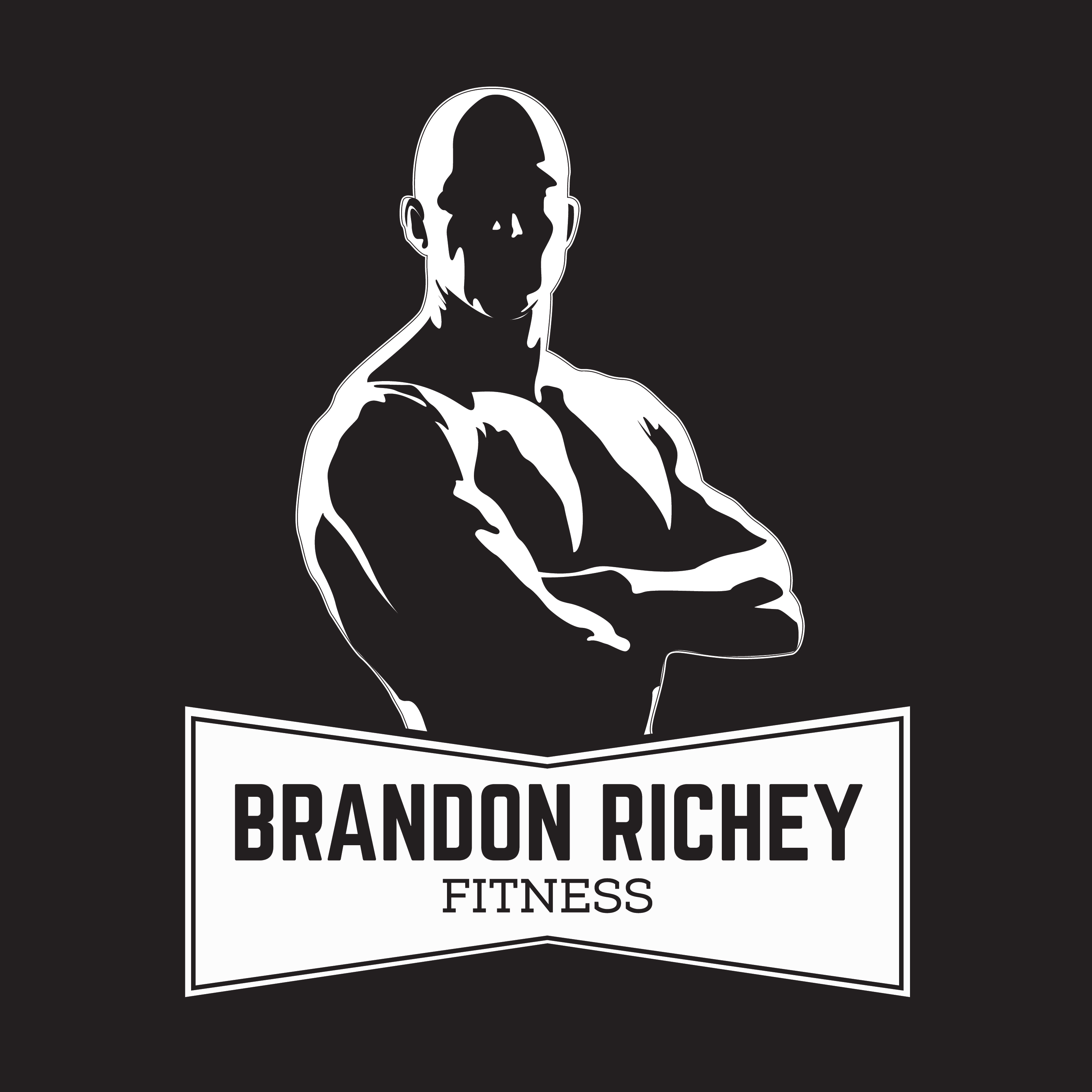
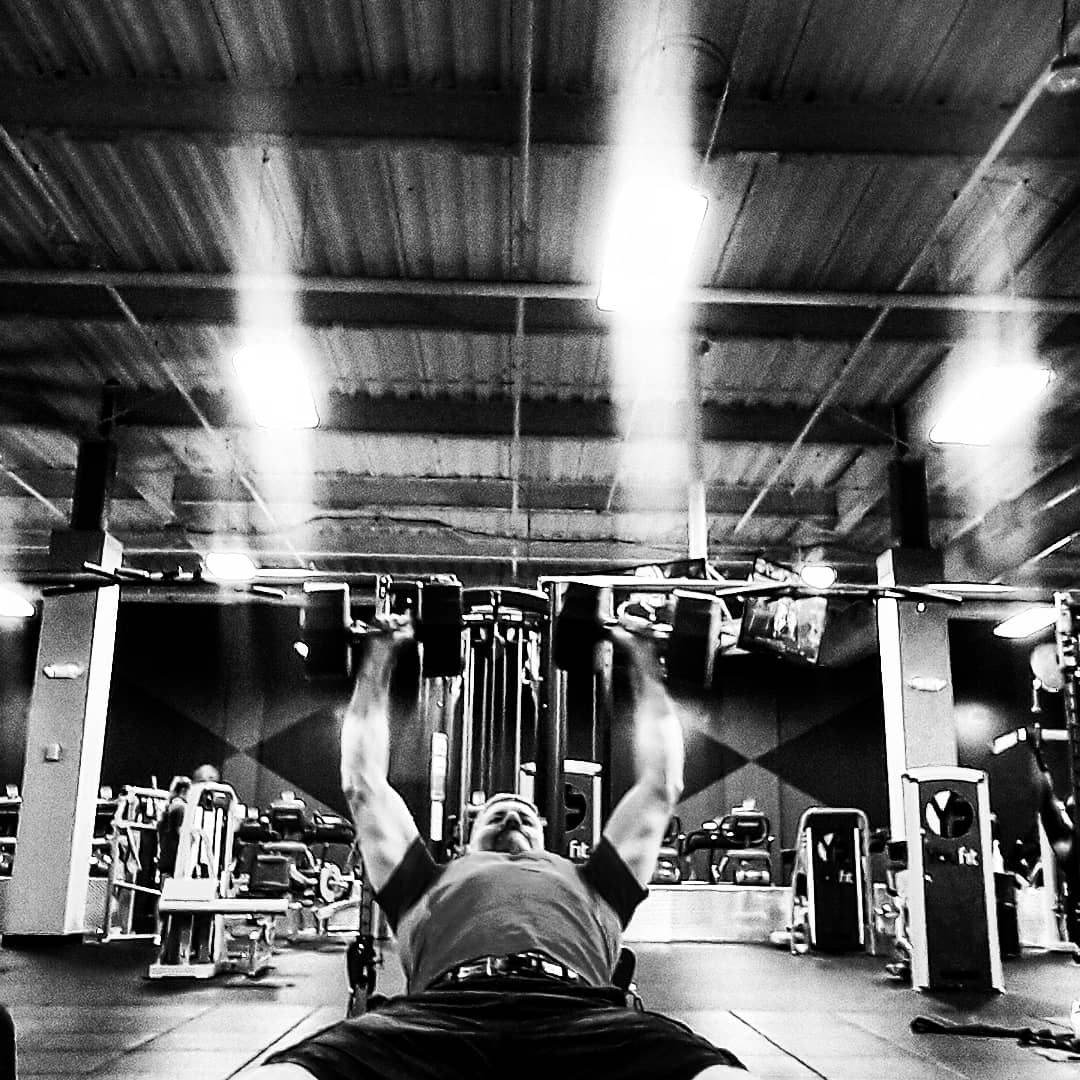


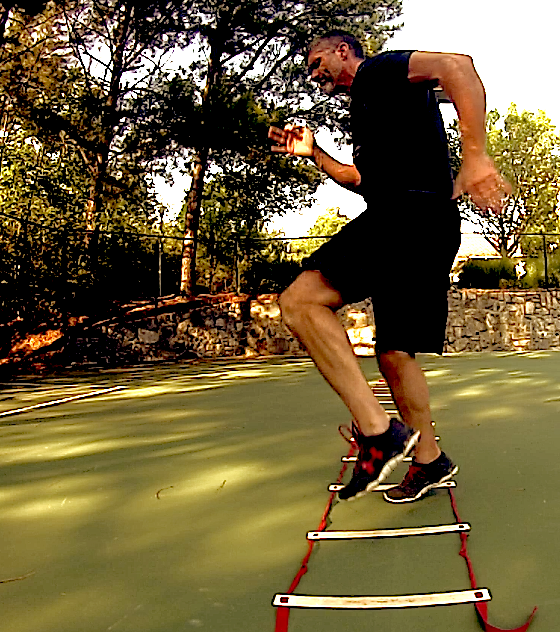

To me, training bilaterally is an effective way to build functional strength. Functional strength is an attribute and as such it requires some mechanism through which incorporation of the attribute is generalized as widely as possible throughout the human form. Unilateral training meets the referenced integration requirement and represents an excellent way to maximize the benefits of strength gains derived from bilateral training. In real world, we very rarely operate in an exclusively bilateral mode. In the past, I have run across a few studies that demonstrated strength gains in the non-exercised limb … cross over effect. I’m not sure if this occurs more in terms of neurological connectivity or what … approximately 50% gain realized in the passive limb if memory serves me well (always suspect).
There are worlds of benefit to be had in response to unilateral training protocols with greater control of limbs, balance, and overall coordination being a few. Control is intimately connected to grace of movement and that whole Frankenstein thing is neither efficient nor visually pleasing.
As usual, right on point Brandon! You have a way with presenting things that I feel is the “common man’s approach.” You’re so down to earth and make things so understandable!
Keep up the good work my friend!
Looking forward to trying this new workout